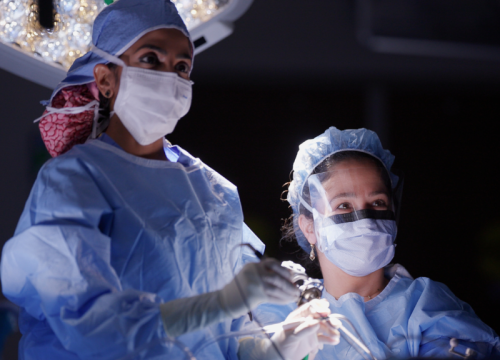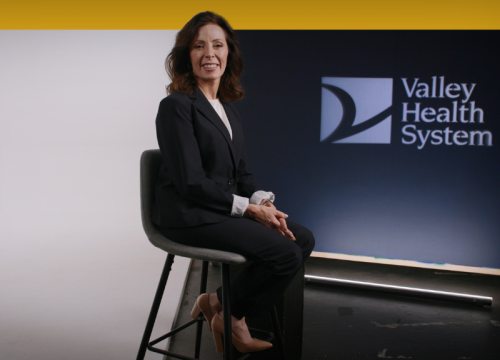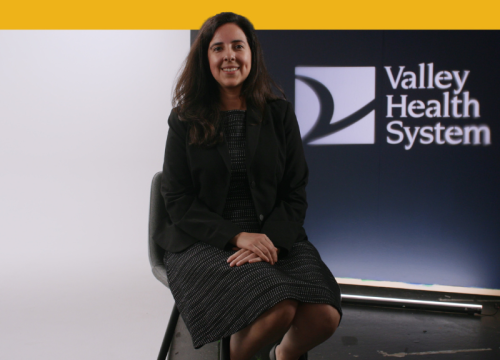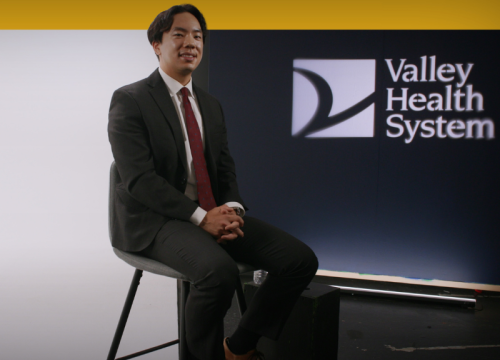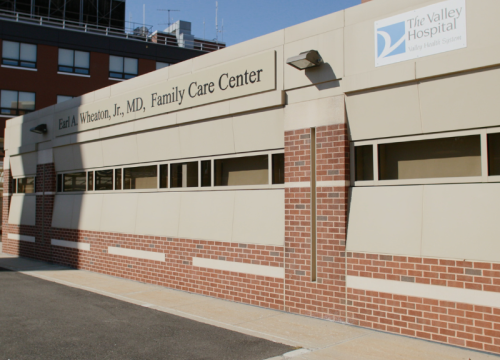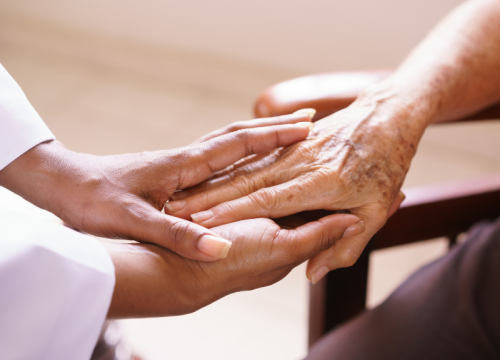Testicular cancer grows in the tissues of one or both testicles, glands that are located in the scrotum. Most cases occur in a male’s late teens to early 30s and start in the sperm-making cells known as germ cells.
There are two main types of testicular cancer: seminoma and nonseminoma. The first is slow-growing while the second tends to be more aggressive. Our urologic oncologists can help determine what treatment option would work best for you.
Testicular Cancer Symptoms
Some people may experience symptoms, while others don’t. Symptoms can include:
- Excess development of breast tissue
- Lump or swelling in testicle
- Testicular enlargement
- Testicular pain or discomfort, such as a dull ache
These symptoms may also signal other illnesses or conditions. If you’re experiencing any of them, discuss the problem with your physician.
Diagnosing Testicular Cancer
Lumps or masses may be found during a physical examination. A scrotal ultrasound can often identify the cancer. Imaging tests, such as computed tomography (CT scans) and magnetic resonance imaging (MRI) scans, and blood tests are used.
A biopsy (the removal of a piece of tissue) by a pathologist is needed for a final diagnosis.
Testicular Cancer Treatment
Valley’s Urologic Oncology Center offers the most comprehensive care and treatments for testicular cancer. Treatment depends on the stage or aggressiveness of the cancer. Treatment may include surgery, chemotherapy and/or radiation therapy.








